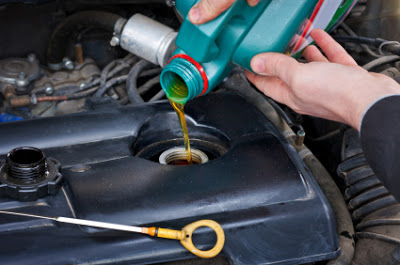
Almost everyone has heard some version of the following statement:
“If you take care of things, they last.”
The statement is especially applicable in the case of cars. While most cars are designed to go a long way, if proper care is not taken, your car will require regular and possibly costly repairs. Not to forget, each time something goes wrong in your car, its resale value is also affected.
On the other hand, cars that are maintained and cared for properly not only produce consistent performance without requiring repairs, but also fetch a delightful price when the owner decides to sell.
While it is possible to have a professional perform maintenance tasks on your car, it is usually an expensive undertaking.
By taking the DIY route to car maintenance, car owners can not only save on the cost of professional maintenance, but can reduce their overall expenditure on car repairs. This happens for two reasons:
- Regular maintenance ensures the parts of your car are functioning with maximum efficiency, reducing the frequency at which car parts fail.
- While performing regular maintenance tasks, you can identify emerging issues and address them before they become serious problems that require expensive repair jobs.
Now that we know the benefits of DIY car maintenance, let’s look at a few routine tasks you can perform to keep the health of your car in check:
Flush The Radiator
Flushing the radiator is meant to get rid of the old coolant. The coolant inside your radiator has a finite life (between 40,000 and 160,000 kilometers, depending on the quality) and if not changed at the right time can cause problems in the radiator.
Irregular cleaning and flushing of the radiator is the most common reason for cars requiring a radiator repair.
Flushing the radiator is a simple task. All you need to do is open the radiator drain valve located at the bottom of the radiator and collect the old coolant in a tumbler. Next, add some water to the radiator and let it flush. Once this is done, you can close the drainage valve at the bottom and fill the radiator with fresh coolant.
Here’s a more detailed guide on the subject.
Replace The Air Filter
Just like the coolant, the air filter of your car also has a finite lifespan. Most air filters are designed to be replaced in 12 to 24 months.
However, if you live in an area with concentrated pollution or dust levels, you may need to replace your car’s air filter more often.
Thankfully, most air filters are very pocket friendly, priced around $10-$15. Moreover, replacing an air filter shouldn’t take more than five minutes.
Simply open the air filter box located in the engine bay of your car. It is a black, almost-rectangular box held together by plastic clamps. Open the box, remove the old air filter, and replace it with a new one.
Clean Corroded Battery Terminals
Cleaning corroded battery terminals is important to ensure that current flows effortlessly through your battery. Corroded terminals don’t only disrupt the electric current that is reaching the gadgets fitted within your car, but also affects the alternator’s ability to charge your car’s battery.
When the battery doesn’t get properly charged for a long time, it starts losing its ability to retain power and eventually becomes useless.
You can clean the terminals with a baking soda + water mixture. However, make sure that the battery is disconnected when you are cleaning the terminals.
Conclusion
Simply by taking care of these three tasks, you can potentially save an excess of $100 on your next visit to the workshop. Not to forget, the added lifespan of your car’s parts will also translate into monetary returns when you don’t have to replace them every few hundred kilometers.
